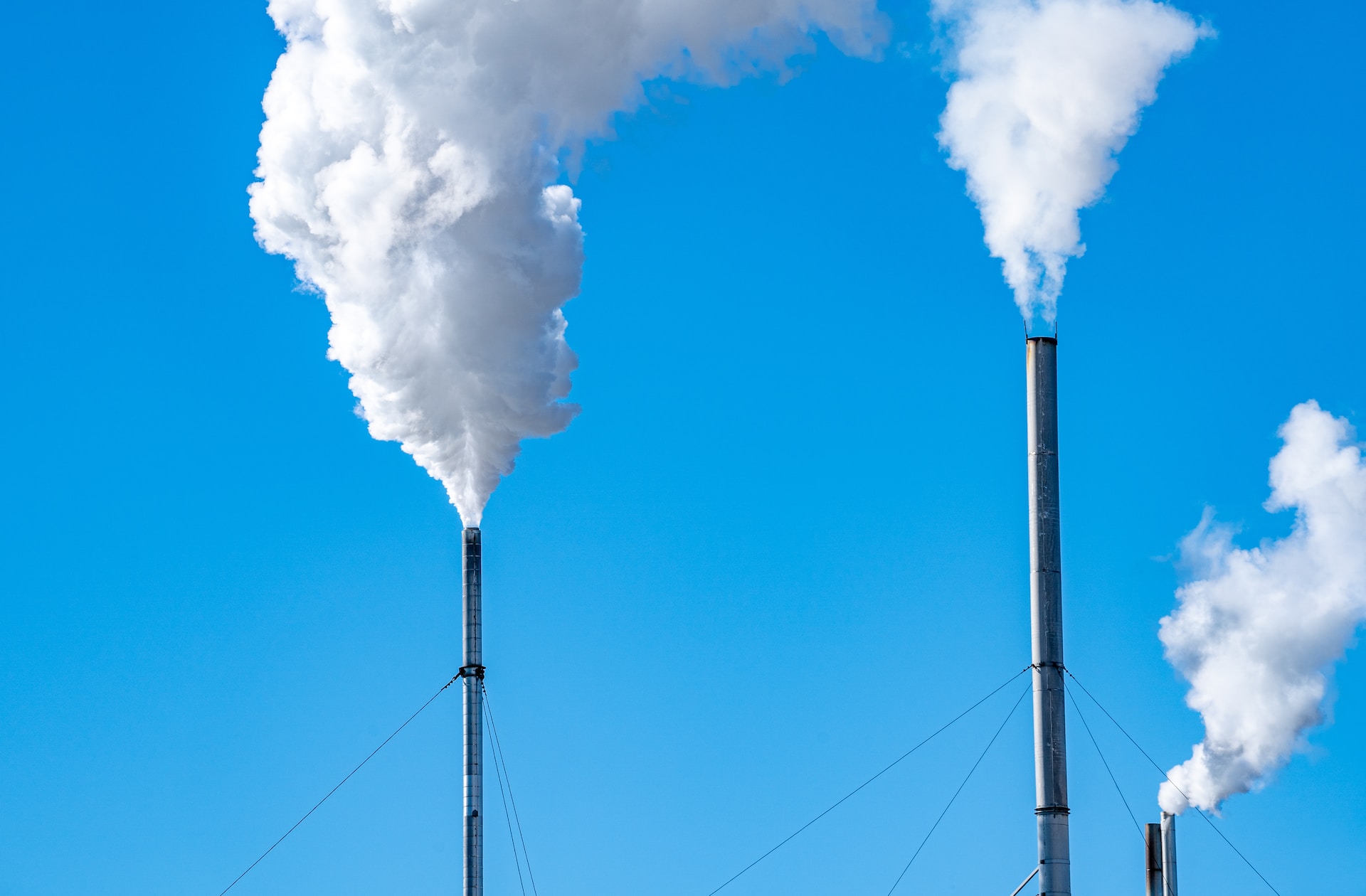News release
From:
The amount of carbon that humans can still emit, while also limiting warming to 1.5 °C relative to pre-industrial levels, may be exhausted within the next 6 years, suggests a study published in Nature Climate Change. The findings are based on a re-evaluation of existing estimates and indicate that carbon budgets for staying within the temperature targets set out in the Paris Agreement may be lower than previously estimated.
The remaining carbon budget (RCB) represents the net quantity of CO2 that can be emitted without overshooting a particular warming threshold. It is one of the key parameters for planning decarbonization pathways under the Paris Agreement, which sets the goal of limiting warming to below 2 °C, and aims to limit warming to 1.5 °C relative to pre-industrial levels, to minimize the worst impacts of climate change. However, despite its importance, calculating the RCB is associated with large levels of uncertainty, owing to the influence of other factors, including warming from gasses other than CO2 and the ongoing effects of emissions that are not accounted for in models.
Robin Lamboll and colleagues use an updated dataset and methodology to estimate the RCB and characterise some of the existing uncertainty. Their calculations suggest that the RCB for a 50% chance of constraining warming to 1.5 °C is 250 gigatonnes of CO2 (GtCO2), as of January 2023. They indicate that this is around half of existing estimates. At current emissions levels, they suggest that the RCB to limit warming to 1.5 °C may be exhausted within 6 years. The authors also estimate that the RCB for a 50% chance of keeping warming below 2 °C is 1,200 GtCO2. They suggest that if emissions continued at 2022 levels (around 40 GtCO2 emitted per year), this is roughly equivalent to an RCB of 23 years and 12 years for a 66% or 90% chance, respectively, of limiting warming to 2 °C.
The authors note that their findings highlight the impact that different factors have on the RCB, but note that their re-evaluation also contains some uncertainties. “The findings laid out by Lamboll and colleagues illustrate that any calculation, no matter how rigorous, is subject to change with revised data and understanding”, writes Benjamin Sanderson in an accompanying News & Views article.



 Australia; International
Australia; International



